Discover Lesser-Known Historical Sites In Hanoi: A Journey Through Time
There are countless lesser-known historical sites in Hanoi that are often overlooked by both tourists and locals alike. Although sites like Hoan Kiem Lake and the Ho Chi Minh Mausoleum attract tourists, Hanoi boasts a wealth of undiscovered treasures just waiting for the inquisitive visitor. MOTOGO Tours will guide you off the usual route and into the less-known but historically important places of this energetic city in this post.
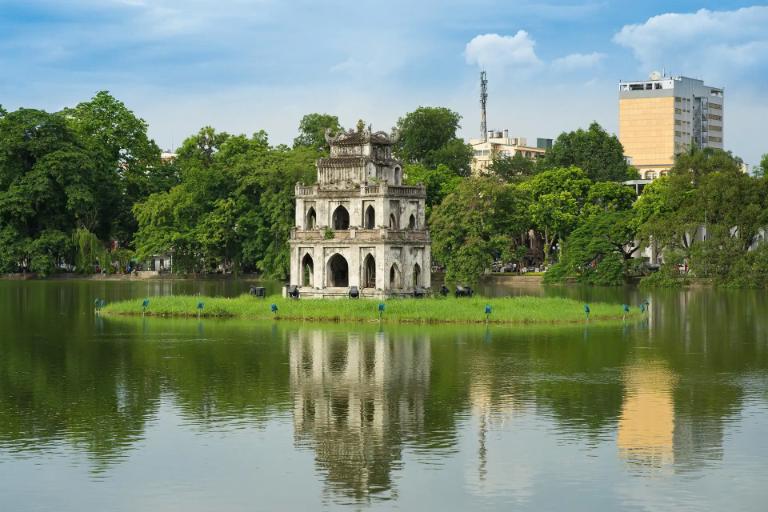
A Brief Overview of Hanoi’s Rich History
Hanoi’s history spans over a millennium, making it one of the most culturally rich and historically significant cities in Southeast Asia. It has seen empires build and fall, colonial forces arrive, and a contemporary country born. We must travel back in time to grasp the current of the city—a remarkable trip defined by resiliency, conquering, and cultural flowering.
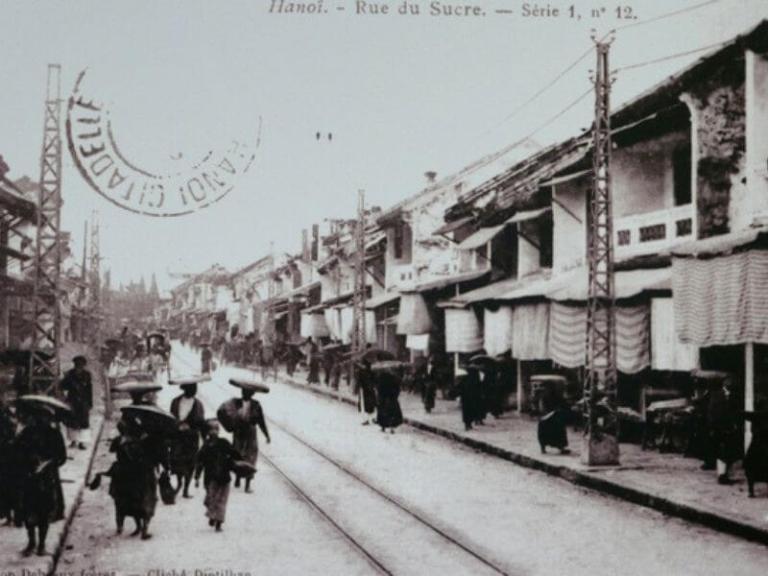
Originally known as Thang Long, Hanoi, founded in 1010 by Emperor Ly Thai To, was the capital of the Dai Viet country. The emperor decided on the site because of its strategic position along the Red River, which made trade and defense center of activity. With beautiful palaces, temples, and citadels signifying its importance, Thang Long developed into a vibrant political and cultural center under the Ly Dynasty.
Hanoi developed over ages as the center of many dynasties. While the Le Dynasty (1428–1789) heralded the height of Vietnamese culture and encouraged major developments in literature, art, and education, the Tran Dynasty (1225–1400) strengthened the city further. Establishing Vietnam’s first national university, the Temple of Literature was founded at this time therefore confirming Hanoi’s reputation as a hub for intellectual and academic growth.
After colonizing Vietnam in the 19th century, the French changed Hanoi became the capital of French Indochina in 1887. French influence changed Hanoi’s architecture, urban design, and way of life. The French Quarter was distinguished from the Old Quarter, with its wide boulevards, neoclassical structures, and contemporary infrastructure, by its tiny streets and conventional tube homes. The architecture and structure of the city still shows this heritage from colonialism.

As the Vietnamese people fought for freedom, Hanoi developed into a hive of revolutionary activity. President Ho Chi Minh announced Vietnam’s independence in Ba Dinh Square in 1945 following the fall of Japan in World War II, therefore launching the Democratic Republic of Vietnam. Although it was simply the beginning of more strife, this marked a turning point in modern Hanoi.
Hanoi was largely bombarded by American forces and the capital of North Vietnam during the Vietnam War. Notwithstanding the devastation, the city stayed a symbol of tenacity and will, which was vital for the ultimate reunification of the nation in 1975.
Hanoi is today Vietnam’s political, cultural, and financial center. Its streets, monuments, and daily life of its people mirror its rich past. The city is a living museum, where modern skyscrapers and historic temples next to French colonial homes represent the coexistence of history and development.
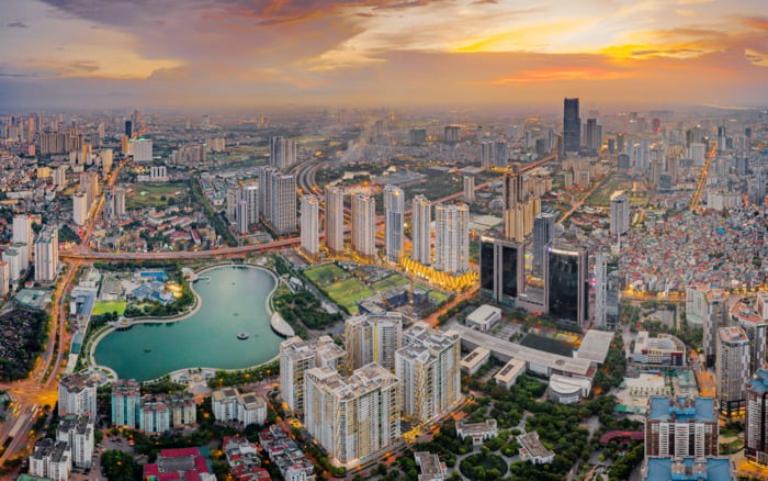
Discovering lesser-known historical sites in Hanoi
Although Hanoi’s more well-known sites have come to define the city’s reputation, many less-known historical sites abound hidden in more subdued alleyways and surrounds. These sites not only expose the splendor of old Vietnam but also show the daily existence of its people over pivotal historical times. Let us examine some hidden treasures more closely.
Co Loa Citadel: Vietnam’s Ancient Fortress
Rising roughly 20 kilometers north of Hanoi, Co Loa Citadel is the ancient and most intriguing historical site in Vietnam, having originated in the third century BC. Constructed under King An Duong Vuong, it was the capital of the ancient Lac Kingdom. Apart from an architectural wonder, the distinctive spiral form of the citadel with walls spanning more than 8 kilometers served as a strategic defense mechanism aimed at perplex enemies. This old fortitude represents Vietnam’s early military creativity and statehood.
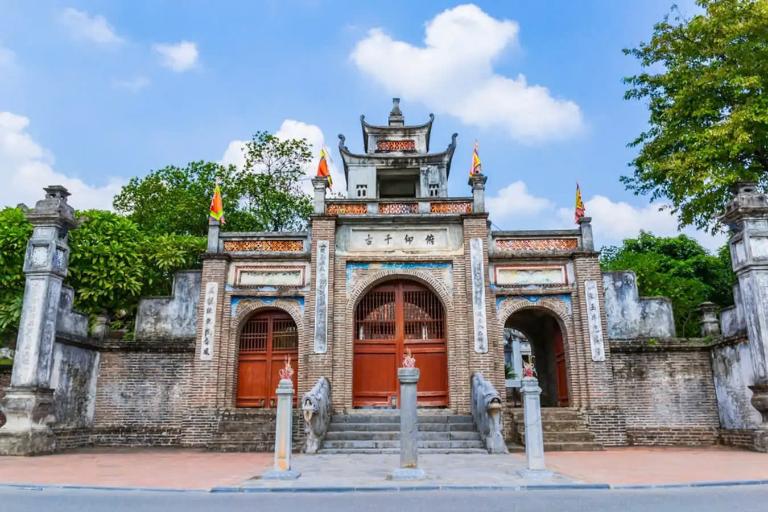
Co Loa is surrounded with legends, especially the Golden Turtle tale and the king’s betrayal by his daughter My Chau, who unintentionally brought down the citadel. Deeply linked to this narrative, visitors can explore the An Duong Vuong Temple and the Well of My Chau.
For millennia, Co Loa was a strategic base that endured multiple invasions—including those by Chinese troops. Archaeological digs over time have unearthed relics like pottery and metal weaponry, offering an insight into the daily life of the ancient Vietnamese people.
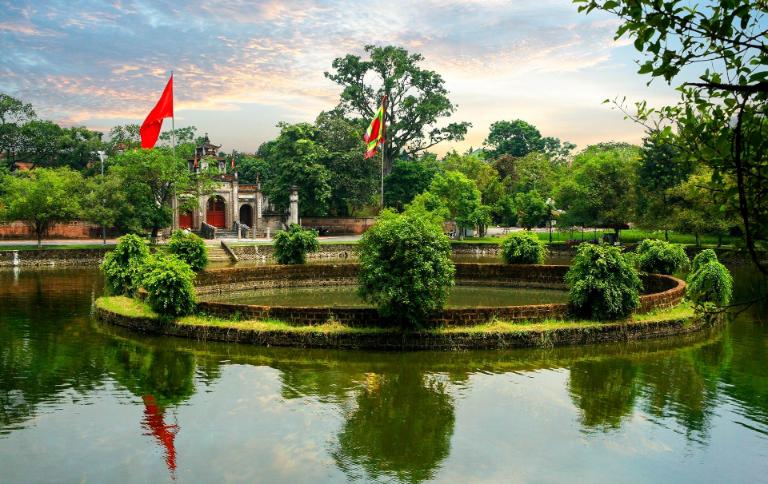
Although important, Co Loa is still a calm, peaceful haven from the city where guests may discover its historic walls, temples, and tales. Co Loa is an underappreciated treasure for people who want to learn about Vietnam’s past and folklore since it provides a singular window into the nation.
>>> Explore: Co Loa Festival: Celebrating Vietnam’s Rich Cultural Heritage
Tay Ho Palace | Lesser-known historical sites in Hanoi
Tay Ho Palace, tucked away on the calm shores of West Lake in Hanoi, provides a calm environment ideal for getaway from the city. Combining the temple’s simple but elegant architecture with its lakefront position offers a serene haven for people looking for blessings or spiritual introspection.
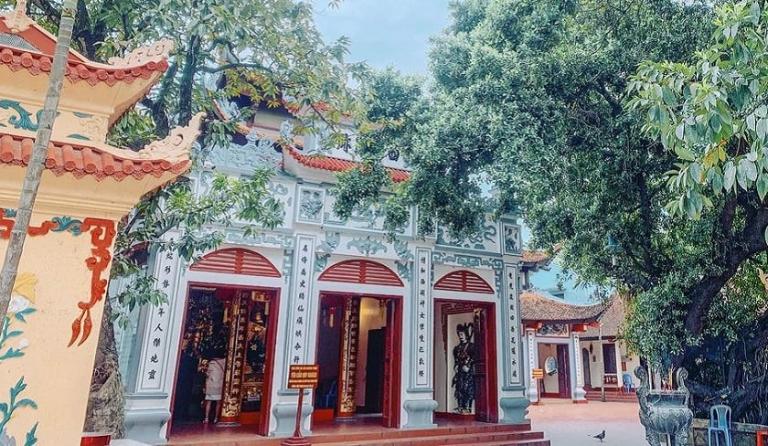
Designed for Lieu Hanh, the Mother Goddess of Heaven in the Vietnamese Dao Mau religion, the palace is a secret spiritual refuge. For those of the Mother Goddess, Tay Ho Palace is among the most significant locations since this religious system combines indigenous spirituality with aspects of Buddhism, Taoism, and Confucianism.
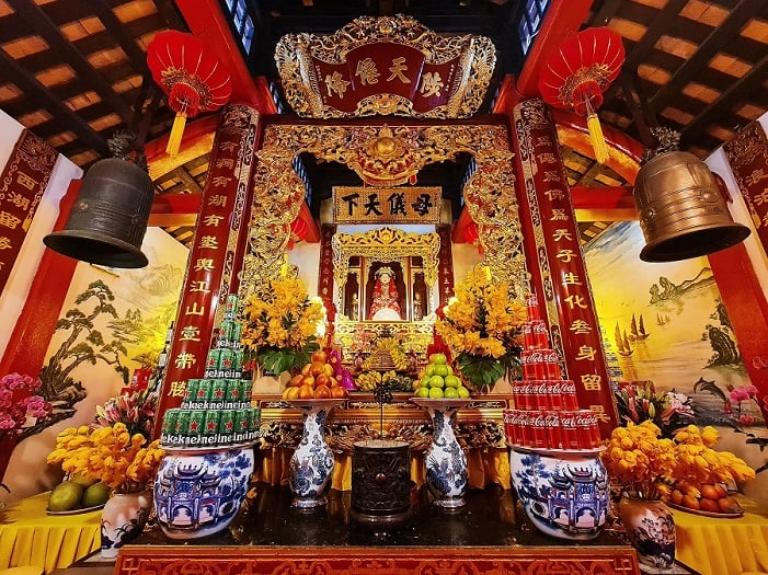
Respected, Lieu Hanh represents fertility, protection, and wealth. Legend has her fall from heaven to live among people, yet she is a very important figure both spiritually and culturally in Vietnam. Particularly on the first and fifteenth days of the lunar month and during Tet (Lunar New Year), visitors flock to the palace to worship, light incense, and take part in customary rites.
Long Bien Bridge
Rising across the Red River in Hanoi, Long Bien Bridge is a historic wonder and emblem of Vietnam’s fortitude. Designed by Gustave Eiffel and once the longest bridge in Southeast Asia, built by the French colonial government between 1899 and 1902 Originally called the Paul Doumer Bridge, it was an important link connecting Hai Ba Trung and Long Bien exhibiting modern engineering of its day.
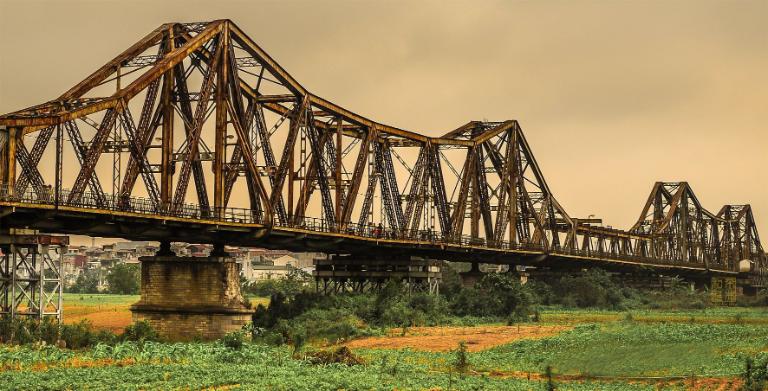
The survival of many bombing strikes throughout the Vietnam War defines the history of the bridge. It was constantly rebuilt despite great damage, representing the resilient nature of Hanoi. Long Bien Bridge today is still a useful railway and pedestrian bridge providing breathtaking views of the Red River and daily life along its banks.
Bát Tràng Ceramic Village | Lesser-known historical sites in Hanoi
Celebrated for their rich ceramic artistic legacy, Bat Trang Ceramic Village is just 13 kilometers southwest of Hanoi. Originally founded more than 1,000 years ago, this community is known for its exquisite pottery and expert workmanship.
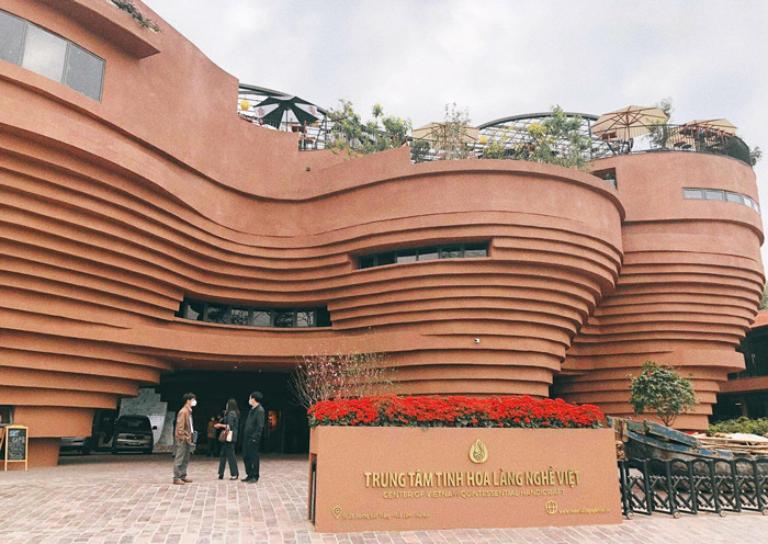
Pottery has been a legacy of Bat Trang from the 13th century. Using traditional techniques and complex hand-painted motifs, the village’s artists produce a variety of exquisite objects ranging from ornamental vases to useful teapots. Seeing these artists at work and learning about the whole ceramic-making process—from molding clay to glazing and firing—visiting Bat presents an opportunity.
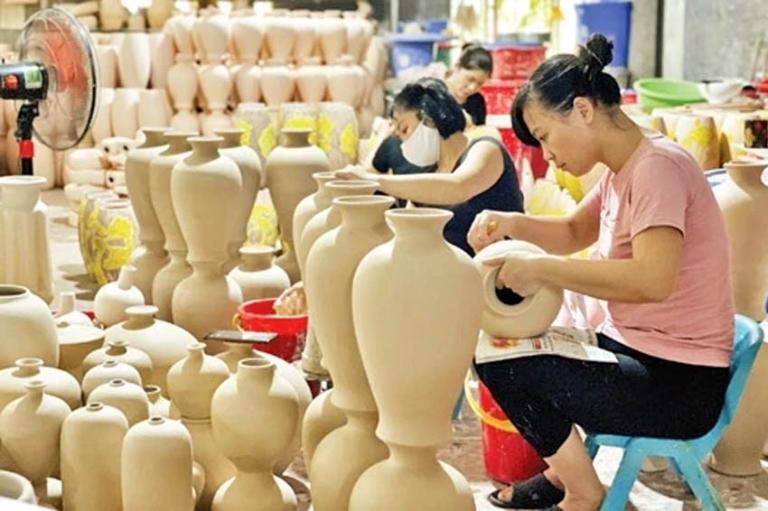
Representing a major part of Vietnam’s cultural legacy, bát tràng ceramics are much prized for their creative worth and quality. In addition to immersing you in traditional Vietnamese art, a trip to Bat Trang offers a culturally interesting experience right a short distance from Hanoi.
Quan Thanh Temple
Quan Thanh Temple, a historic and spiritual landmark honouring Tran Vu, one of the Four Sacred Immortals in Vietnamese Buddhism, lies close to West Lake in Hanoi. Showcasing its great cultural value, it is among Hanoi’s oldest temples having been built in the eleventh century.
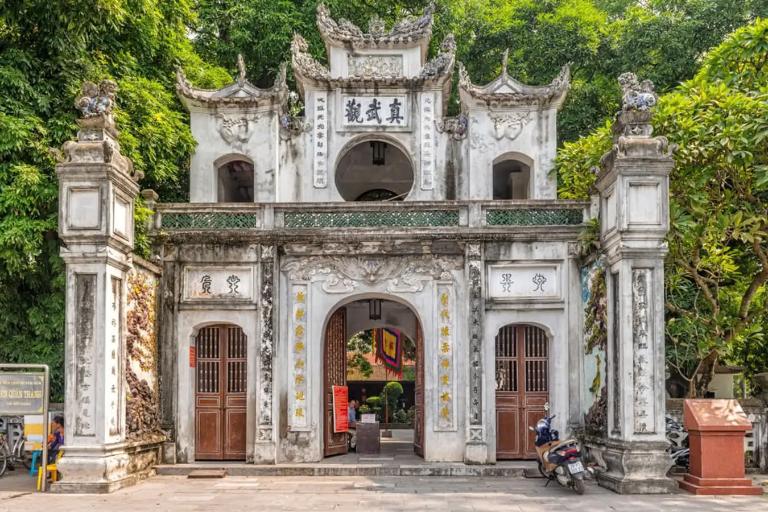
Constructed during the Ly Dynasty, Quan Thanh Temple boasts a long legacy and has witnessed multiple repairs while still being a site of prayer. The temple boasts beautiful carvings and classic Vietnamese architecture with a big wooden framework. A great monument of Tran Vu at the middle stands for power and defense.
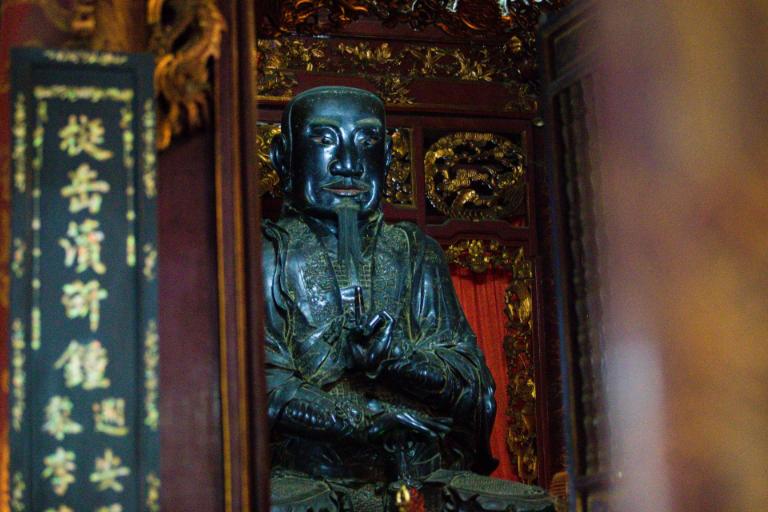
Quan Thanh Temple provides a quiet place for meditation despite its bustling location; it has soothing views of West Lake, rich vegetation, and calm ponds. Visiting this temple provides understanding of Vietnam’s spiritual legacy, architectural history, and tranquil haven right in the middle of Hanoi.
Ngoc Son Temple
Often overshadowed by the well-known Turtle Tower, Ngoc Son Temple is housed on a little island in Hoan Kiem Lake. Still, this temple is a major cultural site honoring General Tran Hung Dao, a 13th-century national hero who opposed Mongol invasions.
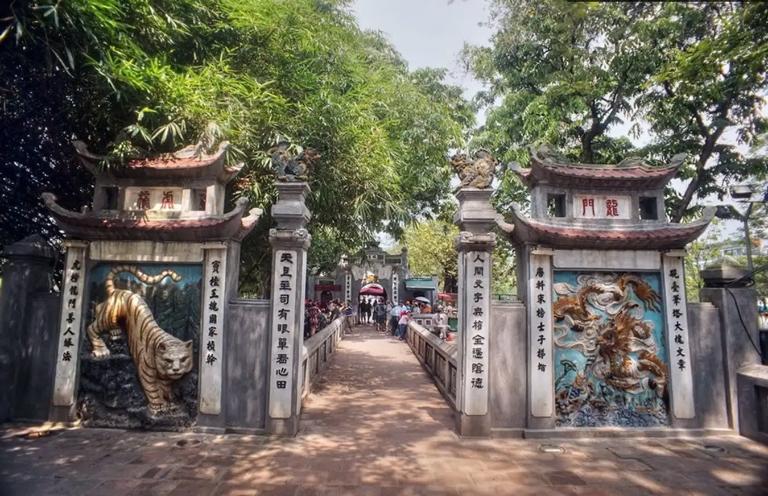
Although Hoan Kiem Lake is usually packed with visitors, many miss the tranquil Ngoc Son Temple. Learning about Vietnam’s historical military triumphs here is fantastic; the site itself, surrounded by water, lends to its calm and spiritual resonance.
Hanoi’s Ancient Houses
Although the Old Quarter of Hanoi is well-known for its little lanes, centuries-old homes buried among these meandering alleyways are evidence of the great cultural legacy of the city. These “tube houses,” so named for its long, narrow form, feature an architectural style combining Vietnamese, Chinese, and French inspirations.
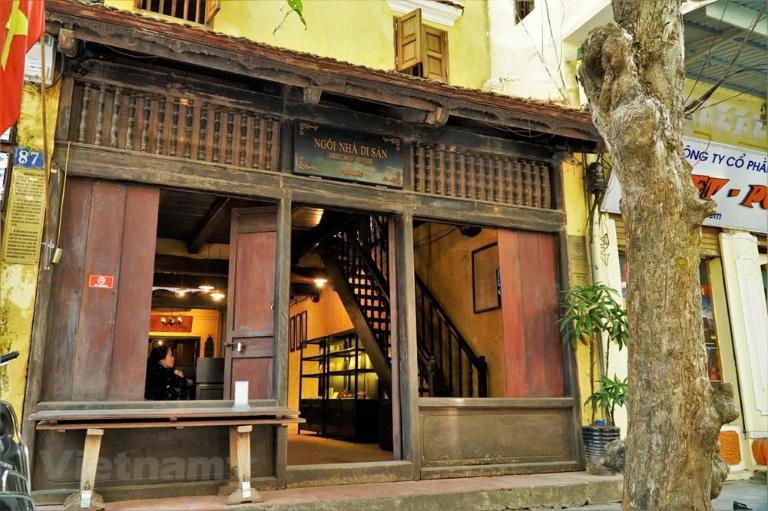
Some of which are still privately held, these historic homes provide visitors with a window into conventional Vietnamese living. You will see how cleverly space was used in these houses for multi-generational households. One such house, at 87 Mã Mây, is open to the public and provides an amazing window into late 19th and early 20th century Hanoian life.
Although the grandeur of more well-known structures can easily captivate one, less-known historical sites in Hanoi provide a far more complex, fuller picture of its past. Whether your interests are history, travel, or just peaceful locations off the main road, these hidden treasures provide a singular and enriching experience beyond the usual tourist path.
Related Posts:






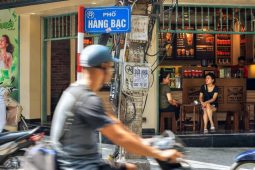
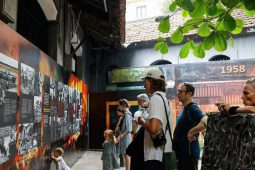
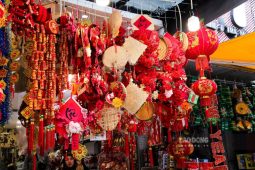
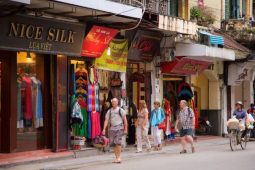
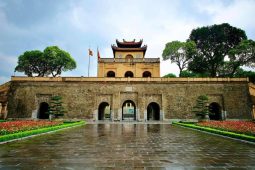
Be the first to comment!